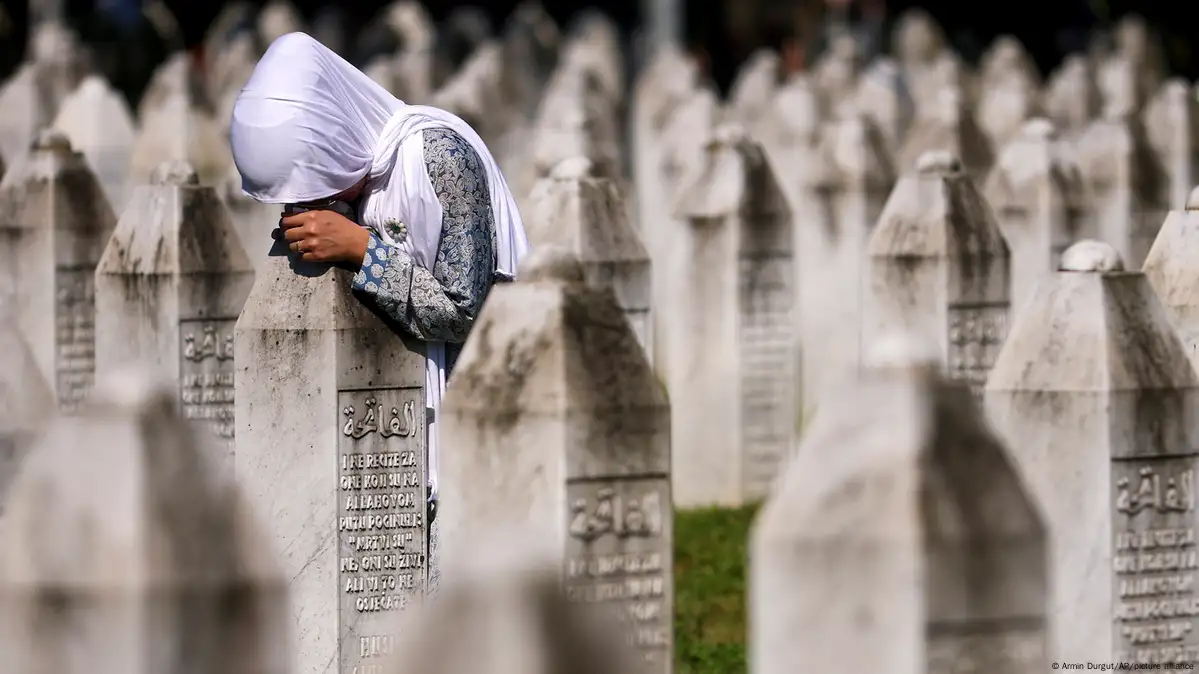30 years on: The Srebrenica genocide explained

This browser does not support the video element.
On July 11, 1995, and in the days that followed, more than 8,000 Bosniak men and boys were murdered in the town of Srebrenica in what is considered Europe's worst atrocity since World War II.
They were systematically killed by the army of Republika Srpska led by General Ratko Mladic.
The International Court of Justice (ICJ) has ruled that the massacre was a genocide.
Thirty years later, approximately 1,000 bodies remain unidentified. Although several perpetrators, including Mladic, have been sentenced for their crimes, the families of the victims are still struggling for recognition and closure.
Serbia and Republika Srpska — the Serb entity within Bosnia and Herzegovina — have admitted that there was a massacre in Srebrenica, but do not recognize it as genocide.
How could this genocide have happened under the eyes of UN peacekeepers? Who was held accountable? And what does justice look like today?